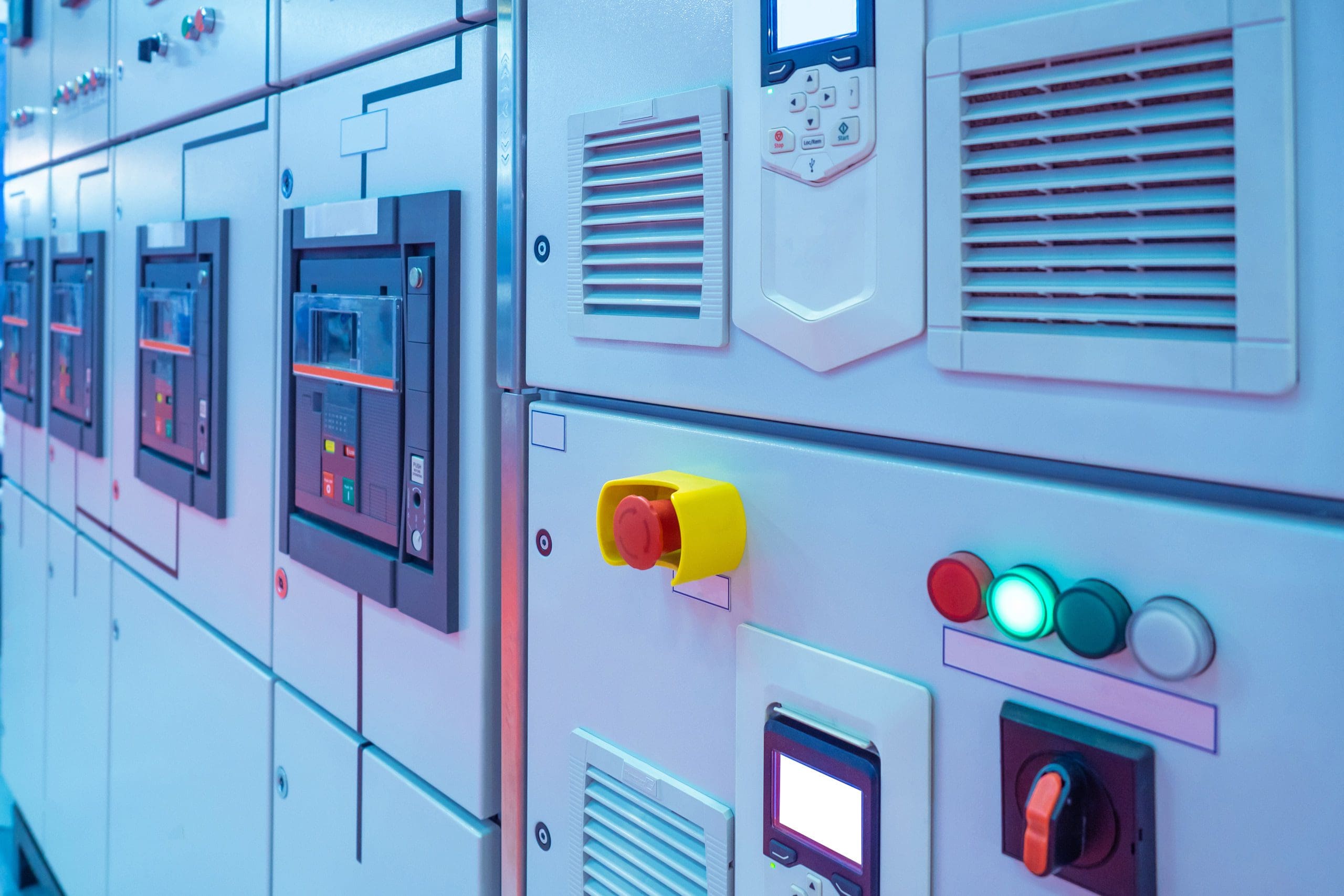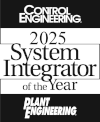
When approaching an upgrade of your aging control system, focusing on the execution of the upgrade is natural. Often overlooked is the time and effort it takes to choose the right platform and approach for the upgrade. The upfront investment can have a tremendous payoff when you take a long-term view and consider all stakeholders’ needs from the system.
Focus on the Needs of All Stakeholders
This is not an area to ignore during scope definition. Any facility will have multiple stakeholders for any control system upgrade and buy-in to the process is crucial. Many resent a solution that appears to come from the top down, and this can lead to a number of productivity issues down the line. The best way to avoid this is to involve all the stakeholders early in the process:
- Automation
- EH&S
- Facilities/Maintenance
- Instrumentation
- IT
- Production/Manufacturing
- Process Engineering/Development
- Procurement/Finance
- Quality
- System integration partners
Remember that not everyone talks to each other in the facility. User group meetings and discussions with all stakeholders together can enlighten the whole team and get everyone on the same page. This objective approach can also help with requirements definition.
Use Workshops to Gather the Requirements
In a recent project we did for a client looking to upgrade, we held workshop groups of folks with similar functions. This include warmup exercises to ensure all stakeholders use common terms and understand the scope and systems in question. The workshops also enabled them to imagine their day-to-day interactions with the control system, allowing them to frame their needs.
A workshop approach should:
- Create major categories to help attendees brainstorm requirements in all relevant areas, such as Batch/Recipe, Controllers, User Interfaces, Personal Devices, Alarming, Reporting, Version Control, etc.
- Ask participants to use the user story format for requirements:
- As a [role], I need [requirement] so I can [result or desired outcome].
- Have snacks. This is actually a MUST, in my opinion.
Don’t Neglect the Business Motivators
This is another important reason to include ALL stakeholders in your requirements definition. How do you go about getting the project approved? Is leadership willing to spend that kind of money? What’s the approval process like for a capital project? Work with management, finance and purchasing to answer these questions.
Don’t forget to look at the business objectives. What are the strategic goals? A pharmaceutical company competing to be first to market with a product, for example, would want to understand how a new control system will help them achieve this goal. Scalability is also a question to raise, particularly when growth is a part of a company’s strategic map.
A good system integrator will be adept at automating your process. An exceptional system integrator will help you achieve your business goals.
Consider Your Relationship with Your Integrator
In our experience, a systematic and objective approach to a control system upgrade works really well. Just as important is a solid relationship with your integrator. Do you trust them enough to offer unbiased opinions based on solid research, requirements definition and vendor evaluation? Are they willing to understand and work within your business processes? If not, look for one you do trust. The best control system upgrade projects are planned and executed by a team of facility stakeholders and system integrators, partnering together for optimum results.
Explore the Potential of Different Automation Solutions
Planning a control system upgrade needs to be done with an eye on the future in mind: longevity and sustainability are staples of the best in system design. And while there is no shortage of automation software on the market, not every product is created equal, and not every product is right for a given facility. Rockwell’s PlantPAX software may be perfect for a metals manufacturer but not as good of a fit as their PharmaSuite® MES would be for a research laboratory.
The best control system integrators know these products inside and out, and can help you make the right choices according to your facility’s needs. Factors to consider in your automation products include:
- Accessibility: Consider who will be using the technology. Including these people in the process will inform your integrator on IIoT and interface design.
- Cost: Expense, downtime, lifespan, etc need to be weighed against what increased output, safety, consistency and quality the new control system will offer.
- Features: Identify everything you want your control system to be able to do.
- Longevity: How long does it last and what does a recontrol look like when the system reaches obsolescence?
Embrace the Process
Is this a lot of work? Yes. But when you’re considering an upgrade that will be in place in your facility for years to come, shouldn’t it be?
Need to plan a control system upgrade at your facility? Let’s get started.
